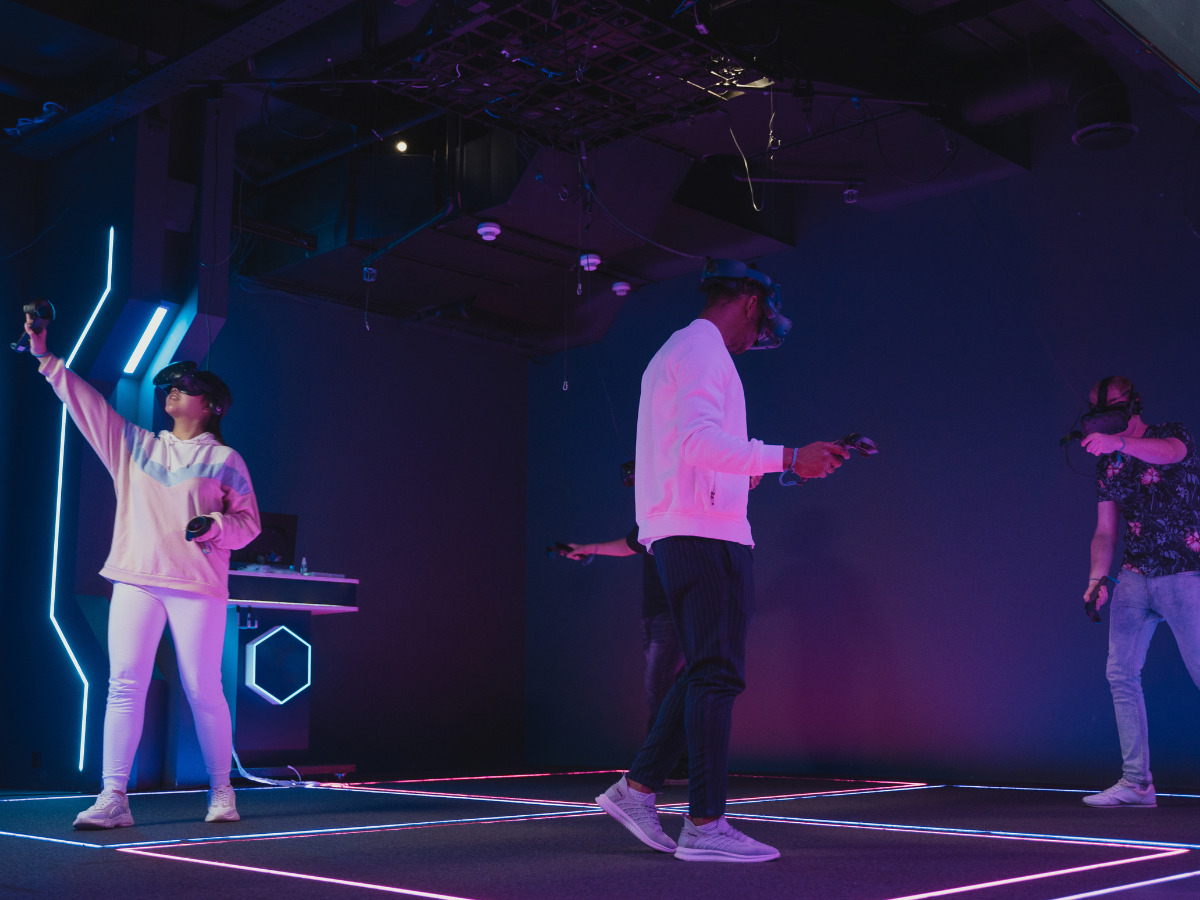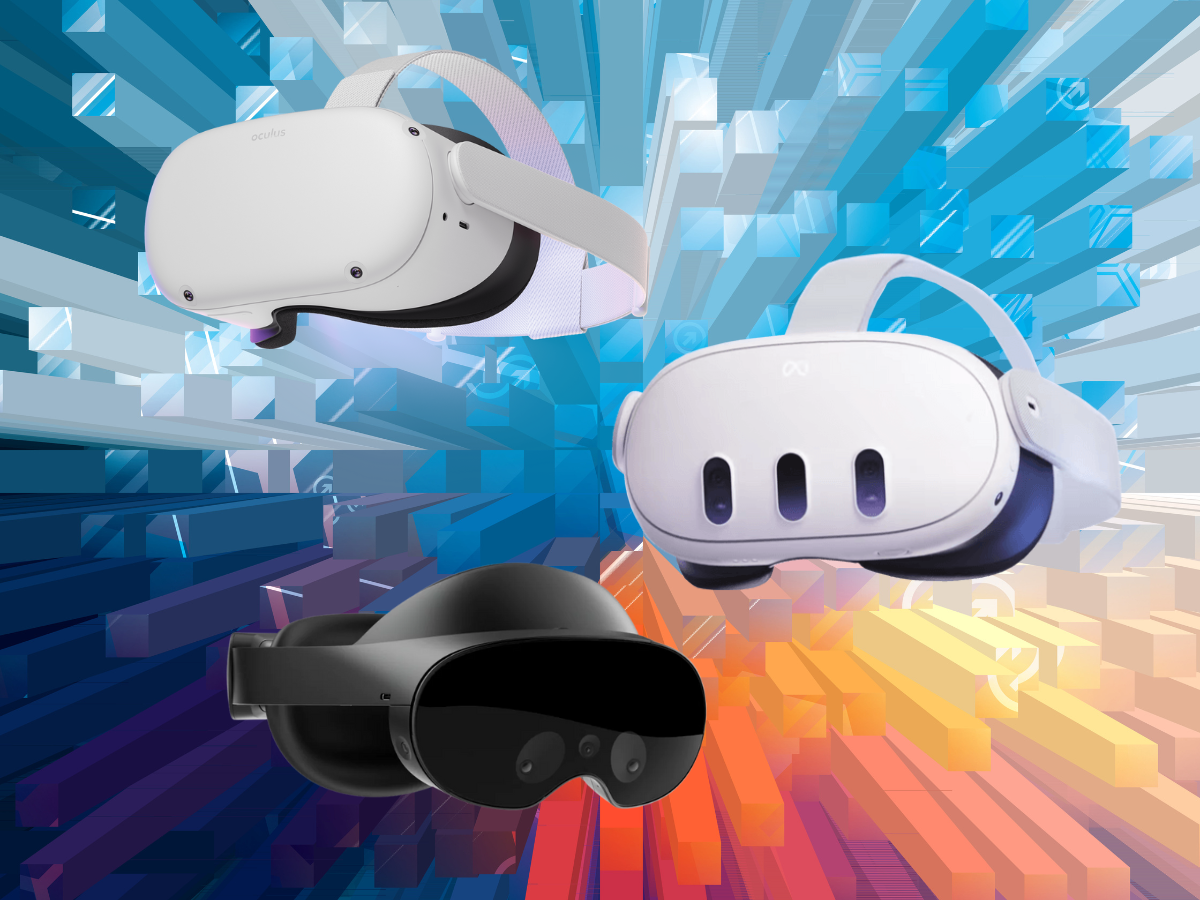Table of Contents
Motion sickness is a common issue that VR users face, myself included. Causing feelings of nausea and dizziness due to the movements in a virtual environment, I’ve experienced this discomfort firsthand and understand how it can impact the overall experience. Sometimes it can even be bad enough to stick with me for a few days if I tried to push through the feeling. With that in mind, I’ve done some research and experimentation to find effective ways to handle and defeat motion sickness in VR. In this article, I will share some of the tips I’ve discovered to help you enjoy your virtual reality experiences without feeling ill.
How can you defeat motion sickness?
Start Slow
When it comes to VR, it’s always best to start slow. Begin with shorter VR sessions and gradually increase the length over time. This will allow your body to adjust to the new sensations and reduce the likelihood of motion sickness. Take regular breaks, especially in games that involve more movement, and at the first signs of nausea, pause what you’re doing and give yourself some time without the headset to feel better.
This is not a feeling to push through. If you try to push through, the next time will be even worse making it harder to get used to VR. Games where your avatar doesn’t move as much or games where the scenery moves less are good starting points here for more advanced cases. When I first started acclimating myself, I could only tolerate a couple of minutes in VR but listening to my body has me able to dogfight in space without any problems.
Use Good Hardware
To avoid getting motion sickness in VR, it’s important to make sure your equipment is up to the tasks you use it for. Low frame rates, lag, and unresponsive hardware can all make the experience less realistic and much more likely to cause discomfort. To minimize the chances of feeling nauseous, it’s a good idea to invest in good hardware and use applications that are optimized for VR and won’t strain your system. You don’t need a high end $5k setup for simpler games like Cave Digger but you won’t enjoy playing No Man’s Sky on a computer that struggles on low graphics. By making sure your setup can handle the task and choosing VR applications that aren’t too demanding, you can enjoy a smooth and responsive experience that helps you avoid feeling sick.
Adjust Your VR Settings
Another way to prevent motion sickness in VR is to adjust your VR settings. The first thing you should do is set your headset’s field of view (FOV) to match your natural vision. This will help to reduce the disconnect between what your eyes see and what your brain expects. You can also reduce motion blur, turn off any flashing lights, and adjust the brightness of the display to avoid eye strain.
Check out the settings on each app as they can have vastly different effects on your experience. Some common options are snap-turning, teleporting, blocking your peripheral vision on movement, and others. Since nausea can come from the disconnect between your brain and your senses, try adjusting these if they’re available and see if they improve your experience.
Use Accessories
Using accessories such as a gaming rug, a fan, an office chair, or if you’re lucky, a VR treadmill, you can help to reduce the feeling of motion sickness. These accessories help to keep you grounded in both your play space and the vr world or simulate physical movement in a virtual environment, making the experience more realistic and reducing the disconnect between what you see and what your body feels.
A rug or mat with a bit of texture can let you easily know when you’re at the edge of the play space. A fan can keep you knowing which way your facing (and keep you cool!). Chairs and treadmills help you to stay put in different ways. In the case of a VR treadmill, also sometimes referred to as a slidemill, the body moving similarly in both spaces helps to trick your senses into thinking it’s moving your avatar in the same way.
Cool Off
Another factor that can contribute to motion sickness in VR is overheating. When you wear a VR headset, it can trap heat around your face, causing you to sweat and feel uncomfortable. This can exacerbate the feeling of nausea and dizziness. To reduce the chances of motion sickness, it’s important to stay cool in VR. Allow your body to cool down in between intense rounds of Beat Saber, use a fan or air conditioning to circulate cool air around you, and using a VR headset that’s designed to be breathable and allows for airflow. Even if the headset isn’t normally breathable, many have aftermarket addons to help with this.
Ginger, Mint, and More
Ginger and mint are two natural remedies that have been shown to effectively reduce nausea and alleviate symptoms of motion sickness in VR. Ginger contains compounds that help to soothe the stomach and reduce inflammation, which can help alleviate feelings of nausea. You can consume ginger in various forms, such as a supplement, in tea form, or as crystallized ginger. Similarly, mint has natural cooling properties that can help soothe the stomach and alleviate nausea. You can consume mint in various forms, such as tea, gum, or by simply smelling it. Other natural remedies that may help reduce nausea in VR include aromatherapy and eating light, non-greasy foods before using VR.
Medication
If you’re still struggling with motion sickness in VR after trying all these tips, you may want to consider medication. Over-the-counter medications such as Dramamine or Bonine can help to reduce nausea and dizziness.
Conclusion
Motion sickness can be a real problem for some people when using VR, but with a few simple tips, you can learn how to handle and defeat it. By taking it slow, setting up your space, and being mindful of your body’s needs, you’ll be able to conquer your motion sickness. With a little patience and practice, you’ll be able to fully enjoy all that VR has to offer without feeling sick.




